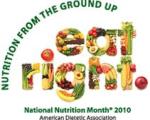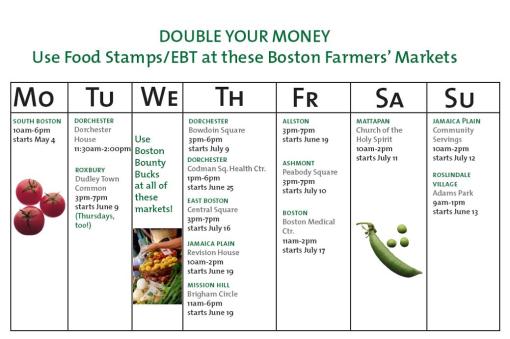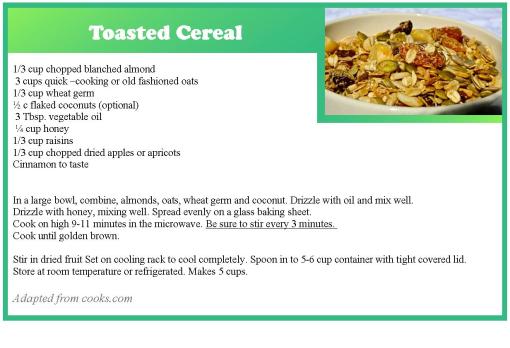Let’s start with our Soda Free Summer campaign. The goal of the campaign is to reduce consumption of soda and sugary drinks among children and adults in Boston. As the summer temperature rises so does the consumption of these drinks. The average person eats almost 100 pounds of sugar a year, and the largest source of added sugar in the U.S. diet is sugary beverages. This campaign is to raise awareness that these drinks typically have lots of calories and no nutritional benefits.
Consumption of soda and sugary beverages has been shown to increase risk for obesity and other chronic health problems such as heart disease and type 2 diabetes. These issues are very much a reality for Boston residents, as 52% of adults in Boston are overweight or obese, and almost half of Boston high school students are overweight or at risk of being overweight.
Just how much sugar are we drinking?
A 12 ounce can of non –diet soda contains 10 teaspoons of sugar.
A 20 ounce bottle of non-diet soda contains 17 teaspoons of sugar.
To put this in perspective, drinking one 12-ounce can of soda per day can result in a weight gain of 15 extra pounds per year. Drinking one 20-ounce bottle of soda can lead to 25 extra pounds in a year.
Any reduction in consumption is a step in the right direction. Replacing soda with healthier options such as water, water with fruit slices, unsweetened tea, low fat dairy, or seltzer will have positive health benefits. The greatest benefit will be seen by those who reduce their consumption the most, or eliminate soda entirely. To support selecting a healthier option, CLICK here for the quick and easy Raspberry Sprizter. For other helpful information on selecting healthy beverages, CLICK here
The Soda – Free Summer campaign is a fun way to encourage individuals and youth organizations to take the pledge to be soda free for the summer. When taking the pledge, individuals have two options:
- I pledge to not drink soda this summer
- I pledge to reduce the amount of soda I drink this summer
Take the Soda-Free Summer Challenge and re-energize your life!
www.bphc.org/sodafreesummer or www.Facebook.com/HealthyBoston
The second exciting thing about summer is that local produce is now available at Boston‘s farmers’ markets. The array of produce is fresh-picked so it has not lost any nutritional value in the time it takes to travel long distances that may happen at grocery stores. The variety of produce makes this the perfect opportunity to try new vegetables such as garlic scapes, which are the early tops of garlic as it’s growing. It’s great chopped as garnish or to add a mild garlic flavor to dishes. Right now scallions, summer squash, cucumbers a variety of lettuces and salad mix are available. As the summer progresses, I personally can’t wait for fresh tomatoes. Most of markets around the city have the capacity to accept EBT for individuals using food stamps. If you would like more information of Boston‘s farmers’ markets dates and times as well as the Boston Bounty Bucks program CLICK here.
Most of markets around the city have the capacity to accept EBT for individuals using food stamps. If you would like more information of Boston‘s farmers’ markets dates and times as well as the Boston Bounty Bucks program CLICK here.
So let’s get out and have fun in Boston this summer, drinking healthy beverages to quench our thirst, and eating local produce to energize ourselves.









 As Halloween approaches this Saturday, we are faced with a bit of a challenge! The kids are out of school, so they are home all day waiting to go trick or treating. Or maybe you are thinking of hosting a party to entertain young kids and the young at heart. If you’re not careful, it could be a day of unhealthy eating because so much is promoted to us to eat ghostly treats.
As Halloween approaches this Saturday, we are faced with a bit of a challenge! The kids are out of school, so they are home all day waiting to go trick or treating. Or maybe you are thinking of hosting a party to entertain young kids and the young at heart. If you’re not careful, it could be a day of unhealthy eating because so much is promoted to us to eat ghostly treats. 





 This weekend, Mattapan is hosting their Harvest Festival & Perennial Divide on Saturday.
This weekend, Mattapan is hosting their Harvest Festival & Perennial Divide on Saturday. 
 Oh Parents don’t forget to grab some for your breakfast too!
Oh Parents don’t forget to grab some for your breakfast too!
 For a snack on the go, sweet & salty crunchy munch combines Chex cereal, popcorn, goldfish and bagel chips. Throw some in a plastic snack bag for your child to eat almost any time. If you think your children need a little more protein, you can add some unsalted peanuts and cashews.
For a snack on the go, sweet & salty crunchy munch combines Chex cereal, popcorn, goldfish and bagel chips. Throw some in a plastic snack bag for your child to eat almost any time. If you think your children need a little more protein, you can add some unsalted peanuts and cashews. If you have any question on healthy food on a budget just post your questions
If you have any question on healthy food on a budget just post your questions